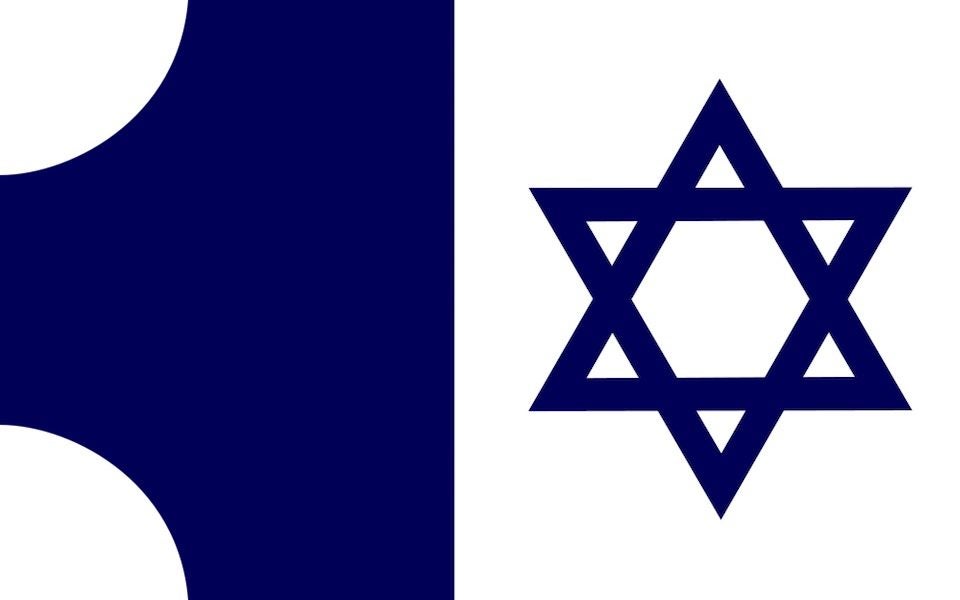
Name an ancient Mediterranean kingdom with a history of conquest and tricky alliances, and a flag with a blue six-sided star. If you’re thinking of the one referred to as “Start-up Nation,” trace your finger about 1000 kilometers up the coast and around to the west till you land on the present-day Turkish province of Karaman. There, from the 13th century until the late 15th, a small nation called the Karamanid dynasty ruled a hotly contested territory under a symbol better known today as the Star of David.
The hexagram, while now primarily associated with Judaism and Israel, started off as a decorative sign beloved by other traditions. As far as anyone knows, it originated with King Solomon’s signet ring. According to legends developed by medieval Arabic writers, the seal—granted directly by God—gave Solomon, who in Arabic is known as Sulayman, special powers, like commanding demons and speaking with animals.
It appeared, together with a crescent moon, on a Roman coin minted right around the time of Jesus, and throughout Ottoman times, the two symbols appeared on Muslim battle flags, mosque mosaics, and even postage stamps. In 1354, Prague’s Jews were given a flag featuring Solomon’s seal and David’s shield, and five and a half centuries later, it was chosen as the central symbol for a flag at the First Zionist Congress. The rest is known history, and today the symbol flies over the Mediterranean again, long after the Karamanids’ collapse.
JTA has documented Jewish history in real-time for over a century. Keep our journalism strong by joining us in supporting independent, award-winning reporting.





